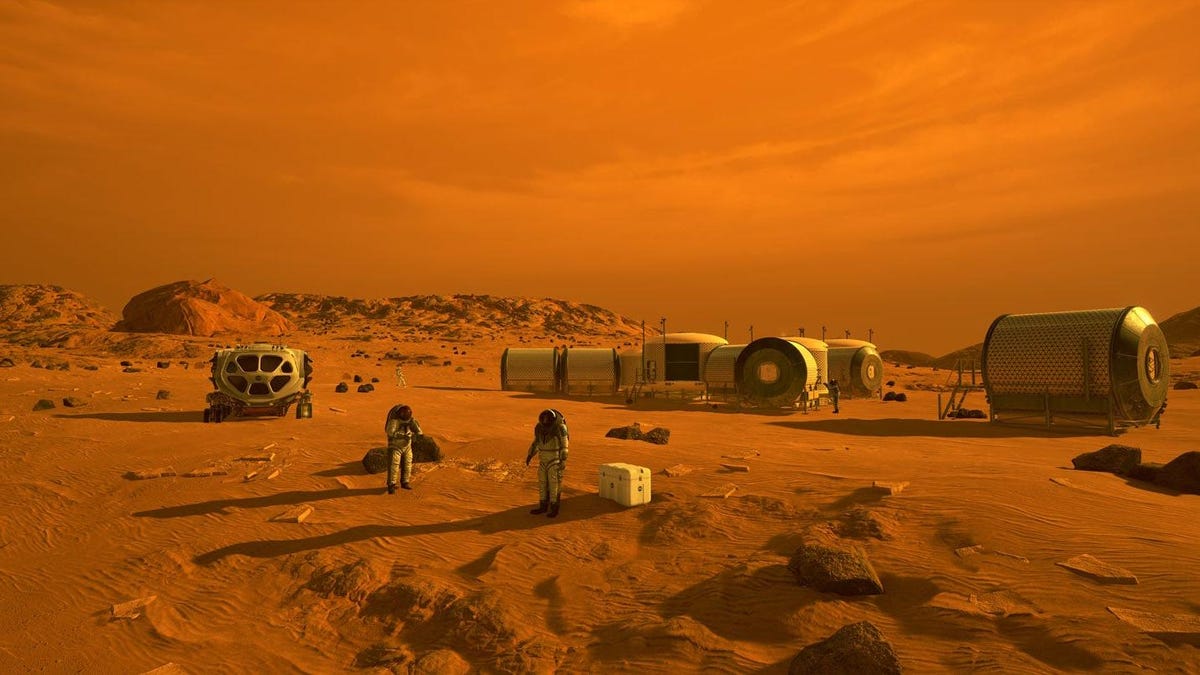Get the latest tech news
Minerals represent potential biosignatures in the search for life on Mars
A geological, petrographic and geochemical survey of distinctive mudstone and conglomerate outcrops of the Bright Angel formation on Mars reveals textures, chemical and mineral characteristics, and organic signatures that warrant consideration as potential biosignatures.
Here we report a detailed geological, petrographic and geochemical survey of these rocks and show that organic-carbon-bearing mudstones in the Bright Angel formation contain submillimetre-scale nodules and millimetre-scale reaction fronts enriched in ferrous iron phosphate and sulfide minerals, likely vivianite and greigite, respectively. Dissolved sulfide facilitates the reductive dissolution of ferric iron oxides, with half-lives ranging from years to hours depending on Fe-oxide mineralogy, crystallinity and pH 34, 35, providing another potential pathway to the production of Fe 2+(aq). We suggest that further in situ, laboratory, modelling and field analogue research into both abiotic and biological processes that give rise to the suite of mineral and organic phases observed in the Bright Angel formation will improve our understanding of the conditions under which they formed.
Or read this on Hacker News